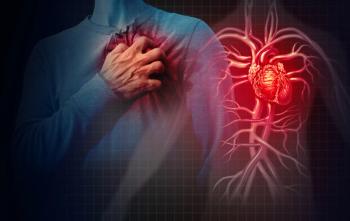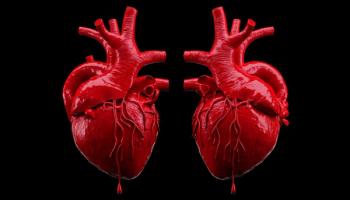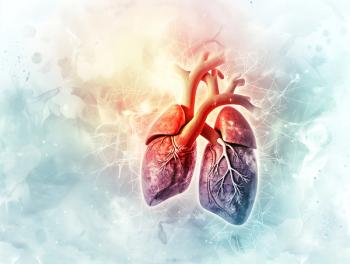
For Patients with PAH, HRQoL Impacts are Significant and Complex
Research shows health-related quality of life is impacted in major ways by pulmonary arterial hypertension, but a solution to the problem—and the disease itself—has proven elusive.
As with many diseases, the interplay between quality of life and PAH is complex, with mental health comorbidities associated with decreased quality of life, but also with PAH severity and progression.
In 2021, investigators
More recently, a group of Chinese researchers
The investigators, including corresponding author Juxia Zhang, MS, RN, of the Gansu Provincial Hospital, found that the survey respondents with PAH had significant differences from the general Chinese population in all eight domains of the 36-Item Short Form Health Survey (SF-36). The domain related to physical limitations showed the largest gap. Respondents with PAH had scores of 21.55 (± 9.87), compared to 88.79 (± 28.49) in the general population. They found patient anxiety levels, WHO-FC scores, and 6MWD results had the greatest impact on a patient's physical quality-of-life domains, while mental health domains were most impacted by WHO-FC scores, followed by anxiety and depression scores.
Zhang and colleagues said their main findings were no surprise.
“As indicated in previous studies, this condition was expected to impact HRQoL,” they wrote.
The study was conducted in Gansu Province, a low-resource region in central China. The province lies in the western part of the Loess Plateau, putting it at a high altitude. Both altitude level and regional development have been cited in previous research as potentially important factors in determining HRQoL among people with PAH. However, Zhang and colleagues said their study found patients in Gansu had better mental and physical quality-of-life scores compared to patients in previously published studies.
HRQoL has also become a prominent study endpoint for the still-incurable PAH. For instance, a
“[T]he disease often requires complex and costly medical management, frequent hospitalizations, and ongoing monitoring,” wrote corresponding author Pilar Escribano Subiás, MD, PhD, and colleagues. “Moreover, the burden extends beyond physical health and seriously impacts emotional well-being, requiring significant adjustments in daily life.”
Yet, the study also shows the difficulty of solving the problem of HRQoL declines in people with PAH. They found the digital therapeutic, which allows users to track symptoms and other data and access educational resources, had only a minimal effect on quality of life, even though the app had high usage and retention rates.
Zhang and colleagues said their findings suggest a number of steps physicians can take to help maintain HRQoL in patients with PAH.
They stated clinicians should take note of patients’ WHO-FC and 6MWD scores and make reasonable rehabilitation programs based on those scores. In addition, they said providers should note any adverse psychological symptoms in their patients, since these may interfere with patients’ disease management and also lead to disease progression.
“This highlights the need for those caring for patients with PAH to screen for depression and anxiety, familiarize themselves with the diagnosis and management of depression and anxiety, and consider referral to [mental health] professionals,” Zhang and colleagues said.
Newsletter
Get the latest industry news, event updates, and more from Managed healthcare Executive.





















































